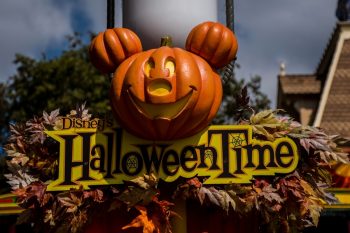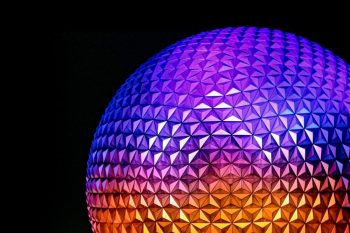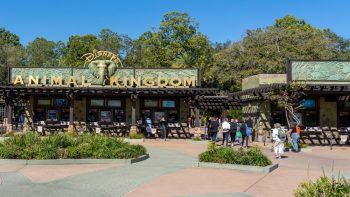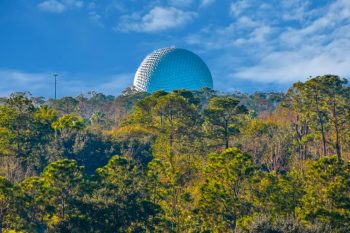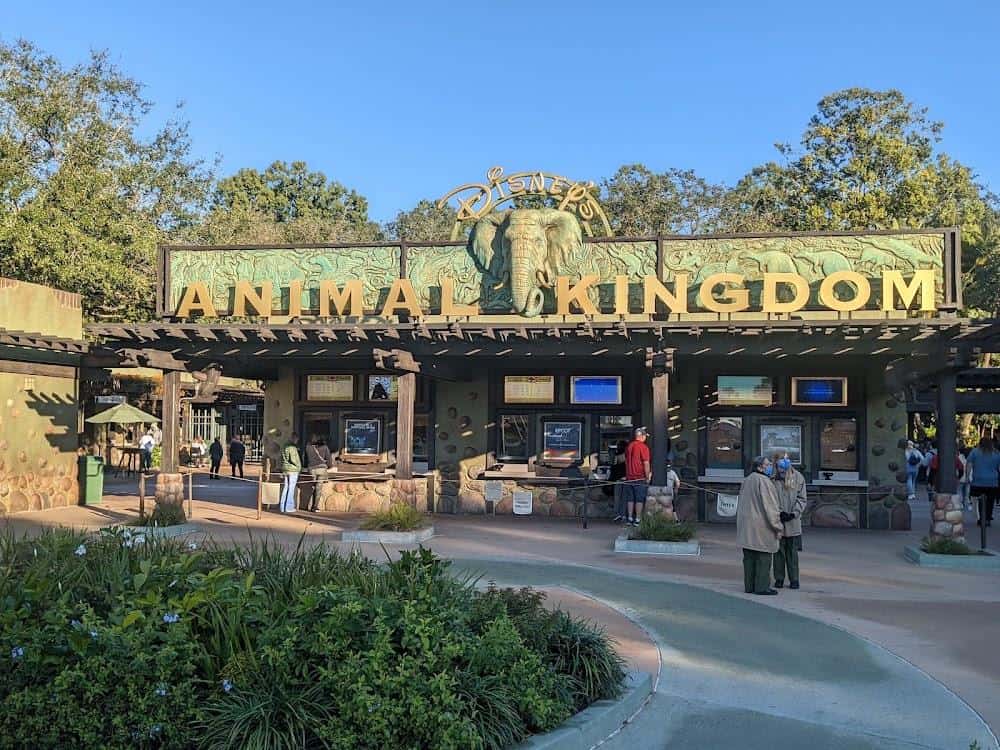
The Animal Kingdom, also known as Kingdom Animalia, is a fascinating, diverse group of organisms that play significant roles in our planet’s ecosystems. Understanding the Animal Kingdom is essential not only for biologists and scientists but also for anyone interested in the natural world. This in-depth guide will explore the definition, classification, characteristics, and significance of the Animal Kingdom, as well as the threats it faces and its evolution over time.
The Animal Kingdom, also known as Kingdom Animalia, is a taxonomic group that includes all living and extinct animals. It is characterized by organisms that are eukaryotic, multicellular, heterotrophic, and mostly motile. The kingdom is primarily divided into vertebrates and invertebrates, with further divisions into various phyla and sub-groups. Animals play significant roles in ecosystems, human life, and have evolved over time through complex processes. They face threats such as illegal wildlife trade, habitat destruction, and climate change.
Understanding the Animal Kingdom
In biological terms, the Animal Kingdom, or Kingdom Animalia, is a taxonomic kingdom consisting of living and extinct animals. These organisms are characterized by being eukaryotic, multicellular, heterotrophic, lacking a cell wall, and mostly motile. Each classification within the Animal Kingdom matches similar organisms related physically, anatomically, or behaviorally in some way.
Classification of the Animal Kingdom
The primary division within the Animal Kingdom is between vertebrates and invertebrates. These groups are further divided into smaller sub-groups, also known as phyla. Some of the main phyla within the Animal Kingdom include Porifera, Cnidaria, Platyhelminthes, Nematoda, Annelida, Arthropoda, Mollusca, and Echinodermata. Vertebrates, which belong to the phylum Chordata, are further divided into sub-groups based on their characteristics: Fish, Amphibians, Reptiles, Birds, and Mammals.
Distinctive Characteristics of the Animal Kingdom
Animals are distinguished by several unique characteristics, such as eukaryotic cells, multicellularity, specialized tissues, heterotrophy, ingestion, motility, and symmetry. These characteristics separate the Animal Kingdom from other kingdoms, such as Plantae, Fungi, and various groups of microorganisms.
The Animal Kingdom and Human Life
Animals play crucial roles in various aspects of human life, including providing food, clothing, companionship, contributing to the overall health and well-being of humans, and offering vital ecosystem services. Animals also play significant roles in scientific research, therapy, rehabilitation, maintaining environmental and agricultural sustainability, and contributing to our planet’s biodiversity.
Threats to the Animal Kingdom
Major threats to the Animal Kingdom include illegal wildlife trade, habitat destruction, invasive species, pollution, and climate change. These threats have several implications for both wildlife and humans, leading to biodiversity loss, ecosystem imbalance, negative effects on human livelihoods, an increase in disease transmission, and climate change impacts.
Evolution of the Animal Kingdom
The Animal Kingdom has evolved over time through a series of complex processes and events. Several factors, including competition for resources, reproduction and genetic variation, developmental processes, major extinction events, and colonization of new environments, have contributed to the evolution of the Animal Kingdom.
In conclusion, the Animal Kingdom is a diverse and complex group of organisms that play a crucial role in our planet’s ecosystems. Understanding the Animal Kingdom’s intricacies can help us appreciate the natural world and the roles different animals play in maintaining the balance of our ecosystems. As we continue to face global challenges such as climate change and biodiversity loss, it becomes even more critical to understand and protect the diverse species that make up the Animal Kingdom.
Frequently Asked Questions
What is the smallest animal in the Animal Kingdom?
The smallest animal in the Animal Kingdom is a microscopic organism known as the tardigrade or water bear. They are extremely resilient and can survive in the most extreme conditions, including outer space.
What is the largest animal in the Animal Kingdom?
The largest animal in the Animal Kingdom is the blue whale. It can grow up to 100 feet long and weigh as much as 200 tons.
What is the most common animal in the Animal Kingdom?
The most common animal in the Animal Kingdom is the beetle. There are approximately 350,000 known species of beetles, making them the most common animal in terms of species diversity.
What is the fastest animal in the Animal Kingdom?
The fastest animal in the Animal Kingdom is the peregrine falcon when it’s diving to catch prey. It can reach speeds over 240 miles per hour.
Are humans part of the Animal Kingdom?
Yes, humans are part of the Animal Kingdom. We belong to the phylum Chordata and the class Mammalia.






